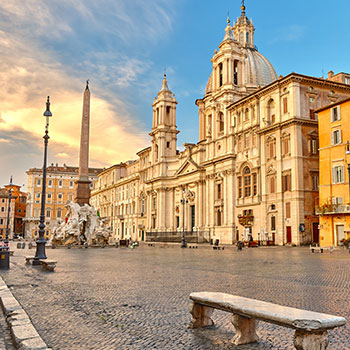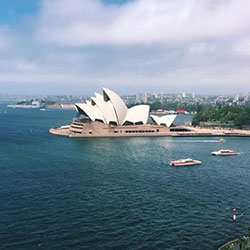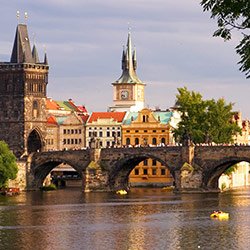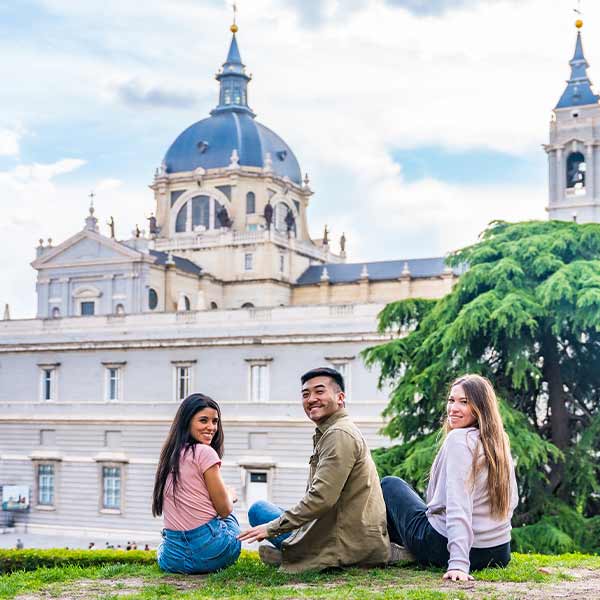Urban Landscapes, Sustainable Economies, & Innovation
John Cabot University - Full Curriculum Program
Rome, Italy
Dates: 1/12/16 - 5/7/16

Urban Landscapes, Sustainable Economies, & Innovation
OVERVIEW
CEA CAPA Partner Institution: CEA CAPA Rome Center
Location: Rome, Italy
Primary Subject Area: Sustainability
Other Subject Area: Cultural Studies, Urban Studies
Instruction in: English
Course Code: SUS321
Transcript Source: TBD
Course Details: Level 300
Recommended Semester Credits: 3
Contact Hours: 45
Prerequisites: One 200 level course or two 100 level courses in the subject area(s) of instruction
Additional Fee: $90.00
Additional Fee Description:This course requires payment of an additional fee to cover active learning components that are above and beyond typical course costs.
DESCRIPTION
By 2050, over 6.5 billion people will be living in cities, consuming energy, water, and food, producing waste and emitting billions of tons of greenhouse gases. But also innovating, transacting, coordinating, and mobilizing: the context in which humanity will take a look at its current ecologically, economically and socially unsustainable form of life, and attempt its re-calibration, will be urban. Whatever new processes and practices for sustainability, whatever new ways of doing economics and politics, whatever technological innovation, and even most appreciation of the values of nature, will in the future find their cradle in cities. They will, therefore, have to be enabled through urban planning. But what should a sustainable city look like? In particular, how can we imagine innovative design, digitalization, entrepreneurship, and social engagement coming together for sustainability in urban settings?
Future cities will have to better adjust to the ecology of their sites; manage their internal flows (air, water, energy, food, biota, people, information, cargo, and waste) in ways that do not necessitate great inputs from, and do not dump great outputs onto, near and distant ecosystems; shelter themselves from food and water crises, power shortages, and the threats of climate change; incorporate more nature and biodiversity in their spaces; promote new forms of education, cultural and economic exchange, cooperation, social integration, and political participation; capitalize on their own history and cultural heritage; utilize the monitoring, data-gathering, connective, and expressive possibilities opened by IT to optimize internal processes and empower citizens; network with one another, share best practices and information, and debate strategies for different sustainability issues. Many urban planners, sustainability scholars, economists, politicians, and environmental thinkers believe all this to be technically possible, and some see it as an inevitable necessity and/or an evolutionary opportunity.
Future cities will have to better adjust to the ecology of their sites; manage their internal flows (air, water, energy, food, biota, people, information, cargo, and waste) in ways that do not necessitate great inputs from, and do not dump great outputs onto, near and distant ecosystems; shelter themselves from food and water crises, power shortages, and the threats of climate change; incorporate more nature and biodiversity in their spaces; promote new forms of education, cultural and economic exchange, cooperation, social integration, and political participation; capitalize on their own history and cultural heritage; utilize the monitoring, data-gathering, connective, and expressive possibilities opened by IT to optimize internal processes and empower citizens; network with one another, share best practices and information, and debate strategies for different sustainability issues. Many urban planners, sustainability scholars, economists, politicians, and environmental thinkers believe all this to be technically possible, and some see it as an inevitable necessity and/or an evolutionary opportunity.







